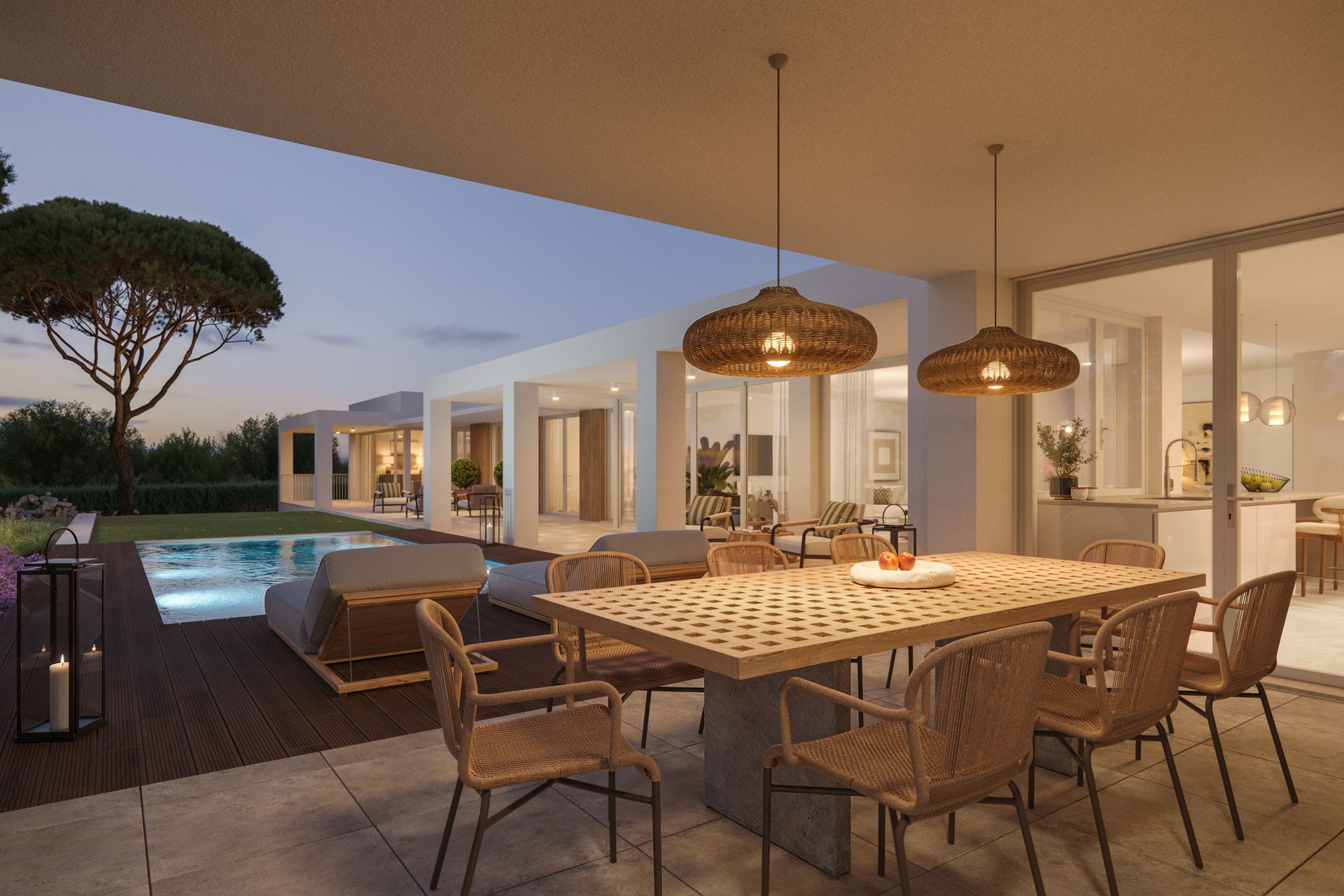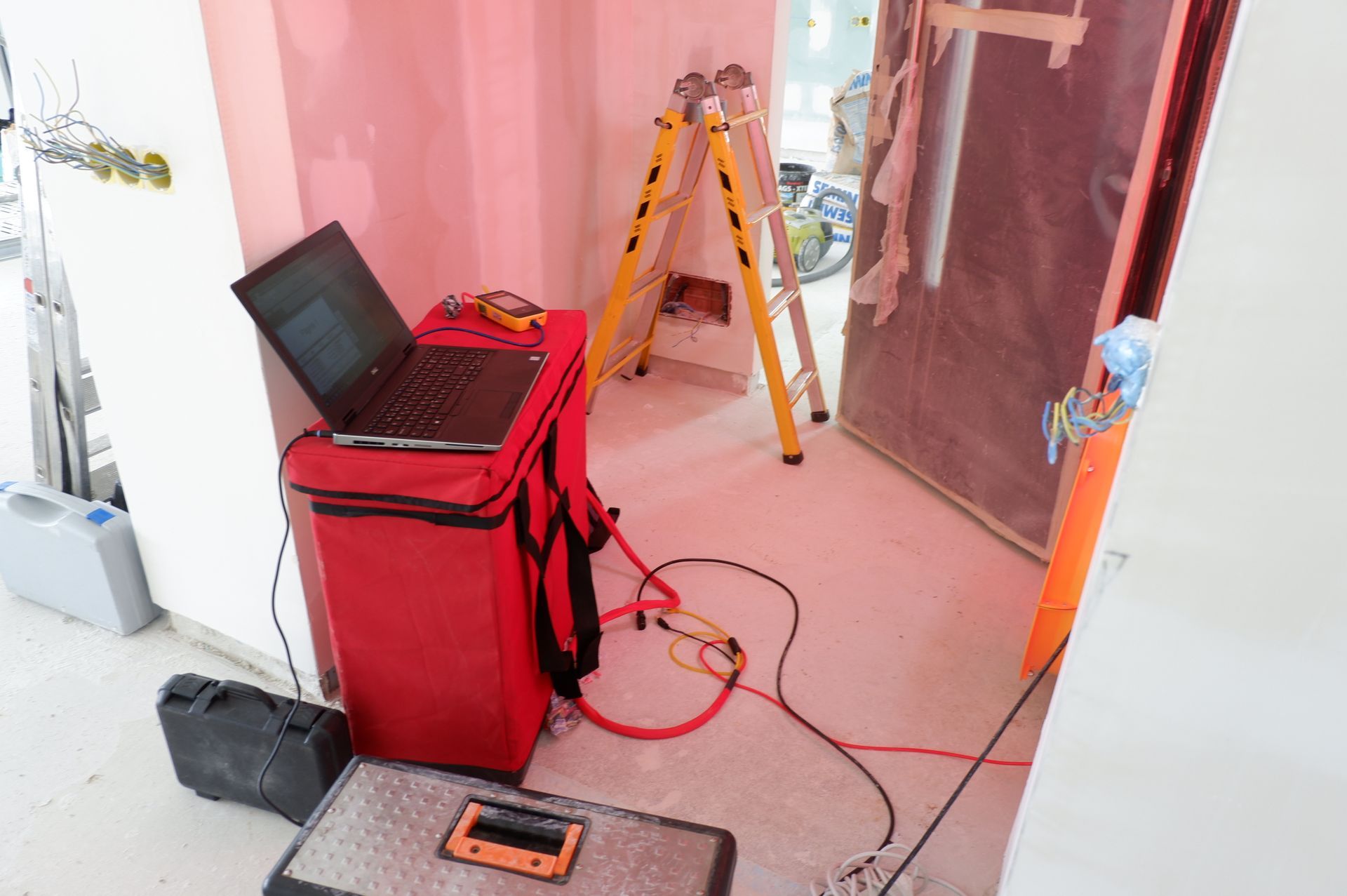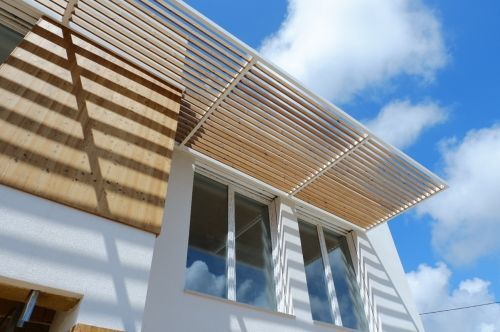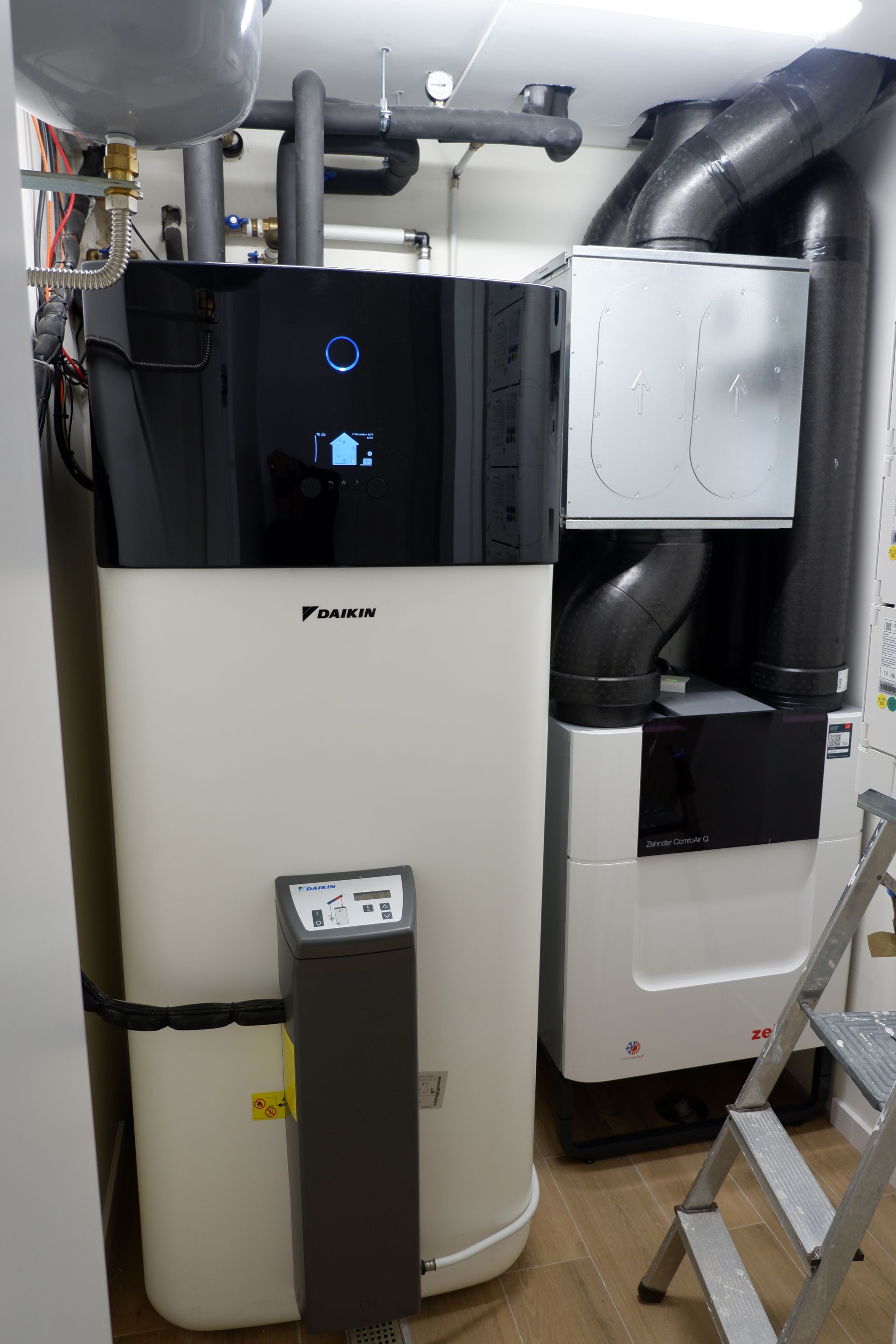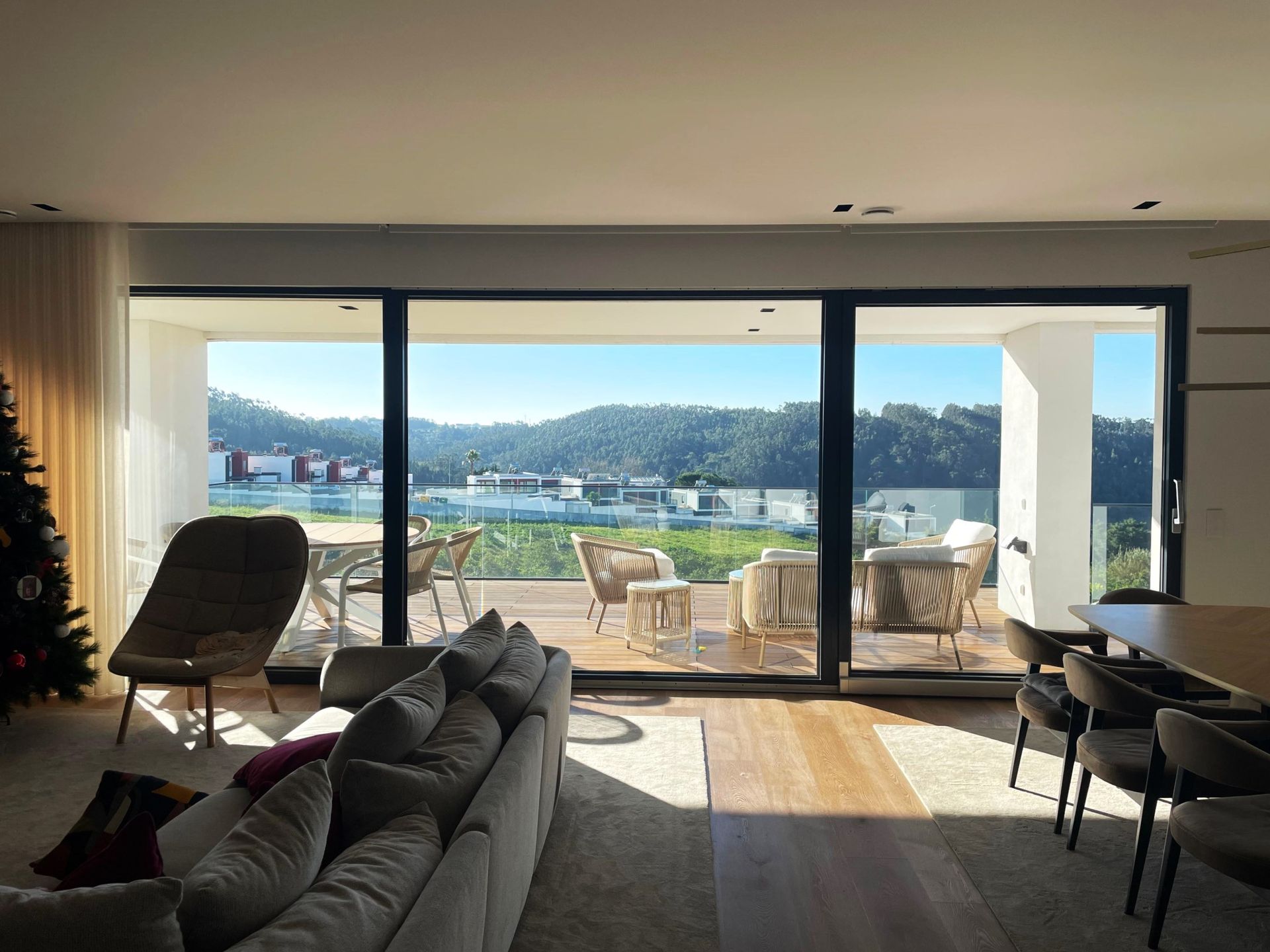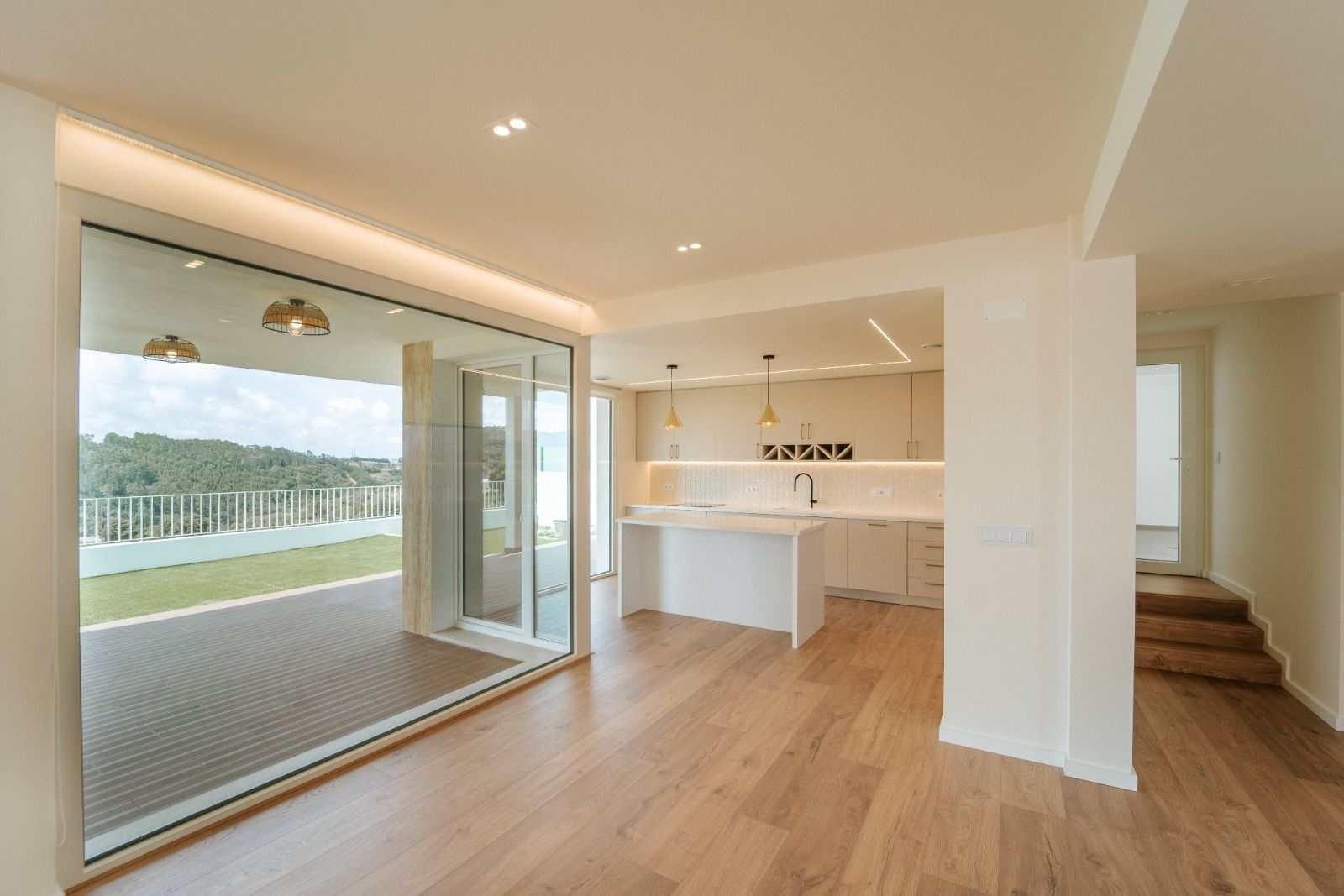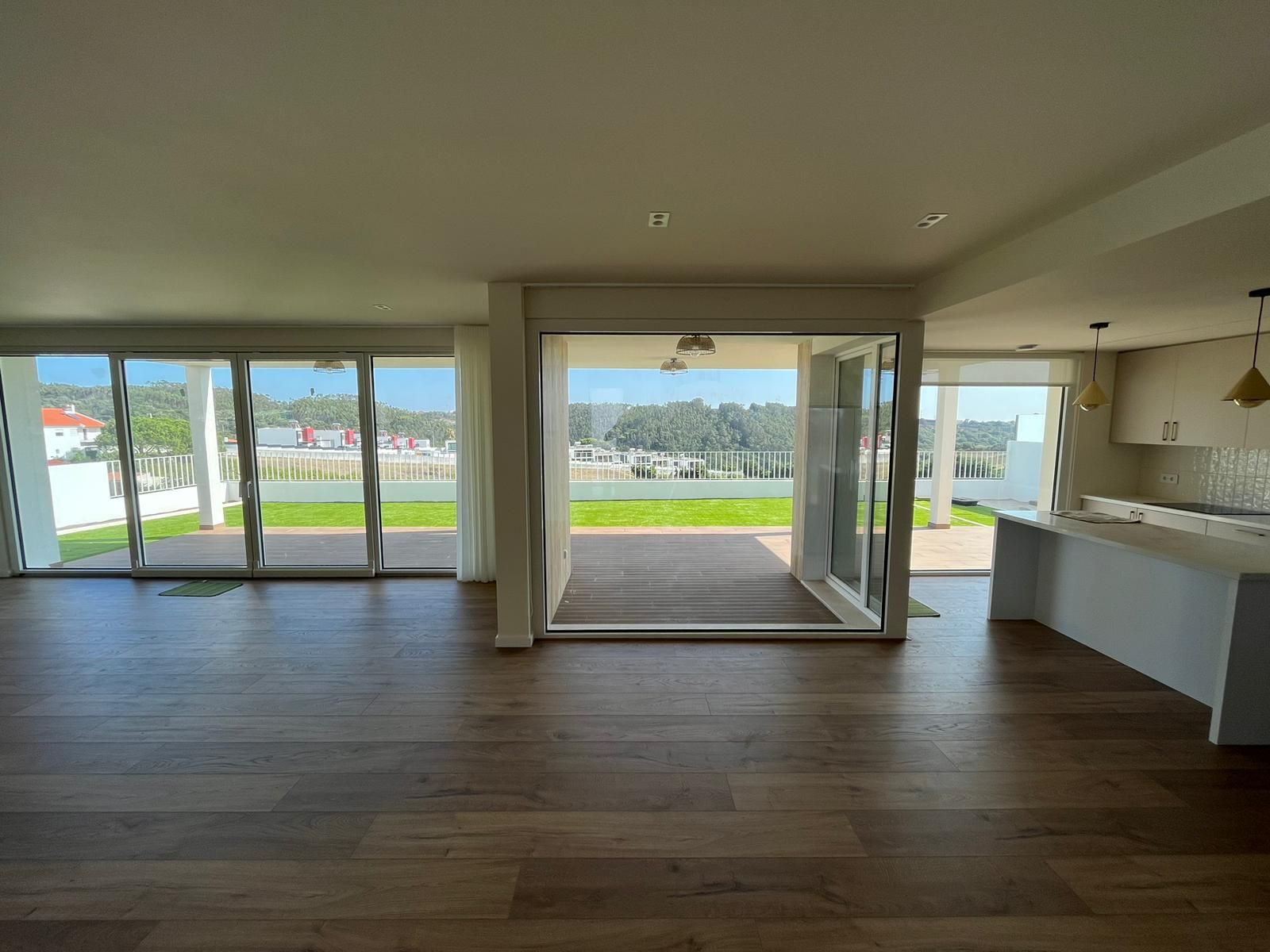Glazed Openings: How to Size Them Properly?
Finding the Sweet Spot: Glazing Size, Orientation, and Solar Control

In architecture, just like in photography, light is a fundamental theme. To capture a good photo, you need to find the right balance. The larger the aperture, the shorter the shutter speed (exposure time – the time the camera takes to capture the image). That’s because more light enters the device. When there’s a lot of light, the shutter speed needs to be reduced.
In our climate, glazed openings play a crucial role in architecture, especially within the PassiveHouse standard.
Windows allow daylight and solar heat to enter. The most important effect in a highly energy-efficient home is the “passive” use of solar gains. But in summer, shading is essential — easier to achieve on south-facing façades, but more demanding on east and west façades due to low-angle sun exposure.
The solar heat gain coefficient (g-value) of the glass should be as high as possible, ideally g ≥ 0.5 to 0.6. However, this factor depends on both the glazed area and the exposure time. And this is where the photography analogy comes in again:
The larger the glazing area and the longer the exposure (i.e., east or west orientation), the lower the solar factor should be.
Values should not be arbitrary or based on guesswork. Calculation tools like the Passive House Planning Package (PHPP) or the SCE (Sistema de Certificação Energética) model should be used to achieve proper sizing and a balanced thermal performance for both summer and winter conditions.





